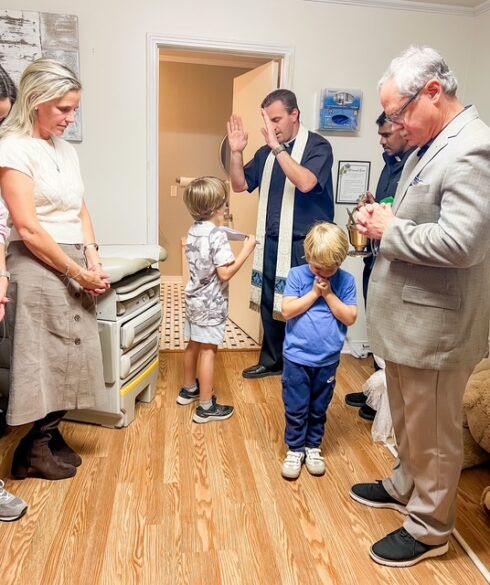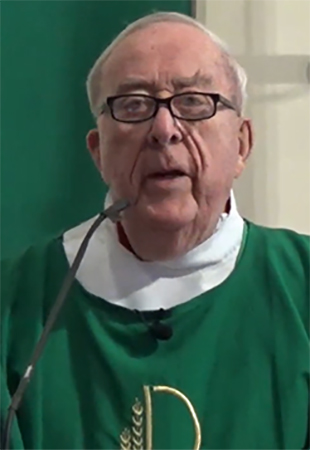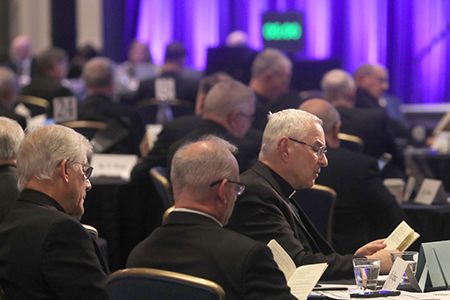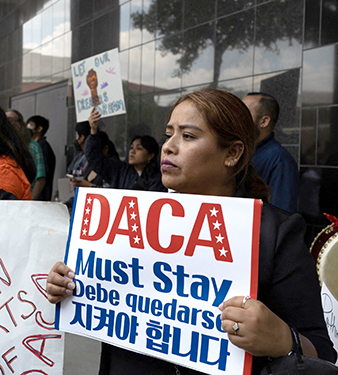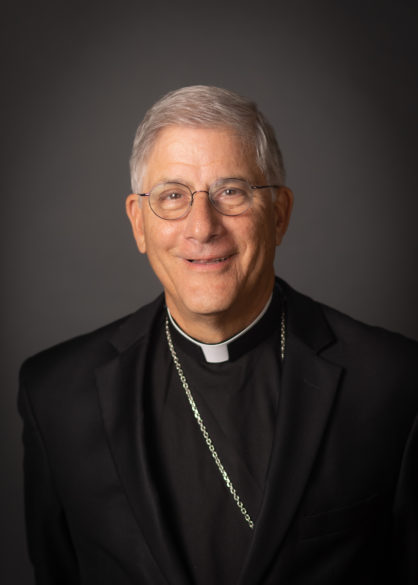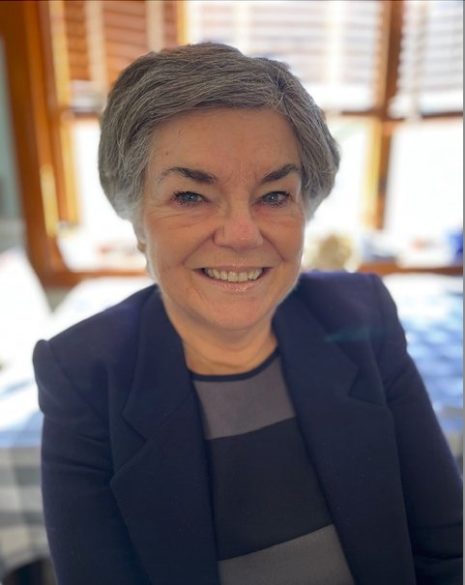FROM THE HERMITAGE
By sister alies therese
A driver appeared in court charged with parking his car in a restricted area.
“Defense?” asked the judge.
“Yes, there shouldn’t be such misleading signs around … the sign clearly said, Fine for Parking Here.”
Oops – how things can get easily misunderstood! Still, it is a bit funny, isn’t it? What makes you laugh? What makes you hee hee hee or haw haw haw until your sides wiggle?
You know what I mean. What do you consider hilarious? Michael Dorris, the Native American author of Guests, once wrote, “I got dizzy from laughing, lost my breath from laughing. My stomach hurt from laughing. Tears ran from my eyes, everything was funny.”

Quite possibly, on the other hand, you do not laugh but a little he he hey … almost like a tiny sneeze? Or are you a giggler, one who guffaws, or one who hides behind your hands and lets no one know you found something amusing? Maybe laughter is not your thing – or so you say – and yet you laugh and laugh when hidden in the bathroom or away from people.
Henry Ward Beecher once said, “A person without a sense of humor is like a wagon without springs – jolted by every pebble in the road.” I have to say, I think a sense of humor is critical to the spiritual life. Where do we begin?
A good laugh at ourselves usually works. Not taking myself too seriously helps me get things into perspective. As Proverbs 17:22 reminds us, “A cheerful heart is good medicine, but a crushed spirit dries up the bones.”
Yes, go to the Scriptures and discover laughter mentioned more than once: “He will fill your mouth with laughter and your lips with shouts of joy.” (Job 8:21) Check out the Psalms: “Our mouths were filled with laughter, our tongues with songs of joy” (Psalm 126:2), and “The Lord is my strength and my shield; my heart trusts in him, and he helps me. My heart leaps for joy.” (Psalm 28:7)
As with our driver who got it wrong, we can as well – by laughing at others. Not recommended. Nothing is more painful than being laughed at. Yes, we are called to laugh, but how about laughing with?
I marvel at those who have been badly treated, who teach me so much about laughter. W.E.B. Du Bois, the African American educator, once wrote in “My Soul Looks Back, ’Less I Forget”: “I am especially glad of the divine gift of laughter; it has made the world human and lovable, despite all its pain and wrong.”
Can you laugh in November? That’s a good test! Death, purgatory, people dying around us, wars, abortions, hunger, governmental challenges, the death penalty – darkness falling all around us. So what’s so funny?
It is more difficult to laugh or make decisions when the days are rainy, cold and lonely. Yet Norton Juster reminds us in “The Phantom Tollbooth” – “Ordinance 175389: It shall be unlawful, illegal and unethical to think, think of thinking, surmise, presume, reason, meditate or speculate while in the doldrums.”
What comes, however, into our orbit near the end of the month? Thanksgiving, of course – and if you don’t laugh at that dinner table, you will cry! Maybe it will be an old story Uncle George tells, a funny accident by a 3-year-old or even a teenager venturing out to tell a joke. Who knows? It might be the food. It might be just anything.
Go prepared – or you might get caught in a bit of misery. Arguments are ugly. I love this little prayer: “Give me eyes to see what I would miss without you!” (anonymous)
Go to that kitchen to help, that table to eat, and take that opportunity to clear up – having asked the Lord to show you! You just might be the one to prevent a Thanksgiving Day disaster.
T. Hulbert of Rockaway, Oregon, once shared this in Guideposts (1999): “My 1998 resolution: With the help of God, I resolve to be a good witness to those around me by what I say and through what I do.”
David Saltzman wrote in “The Jester Has Lost His Jingle” – “Laughter’s like a seedling, waiting patiently to sprout. All it takes is just a push to make it pop right out.”
Be careful at that table, in that kitchen or dining room. Things often pop out that we had no intention of saying! There is much left to heal.
“Laughter is God’s medicine; the most beautiful therapy God ever gave humanity,” says an anonymous author. Why in the world would laughter be medicine? What needs healing? We often don’t find out until someone pushes that little button we thought we had hidden so artfully away.
There is hope for most of us if we have learned anything this past year. When we join others at the table, watch the person you trust the most before you speak. He or she will give you the go-ahead or hold up a hand – like any good base coach.
I have that super picture of Jesus laughing in my prayer corner. He had to laugh now and then – look who he surrounded himself with!
“Rejoice in the Lord always. I will say it again: Rejoice!” (Philippians 4:4)
Your laughter does not need to be outrageous or loudly offensive – just a good deep chuckle will get those endorphins working. It might even be as simple as a sweet smile to dispel the gloom.
As Sister Monique of Owatonna once said, “May this Thanksgiving help you give thanks for all the turkeys in your life.”
Blessings.
(sister alies therese is a canonical hermit who prays and writes.)



